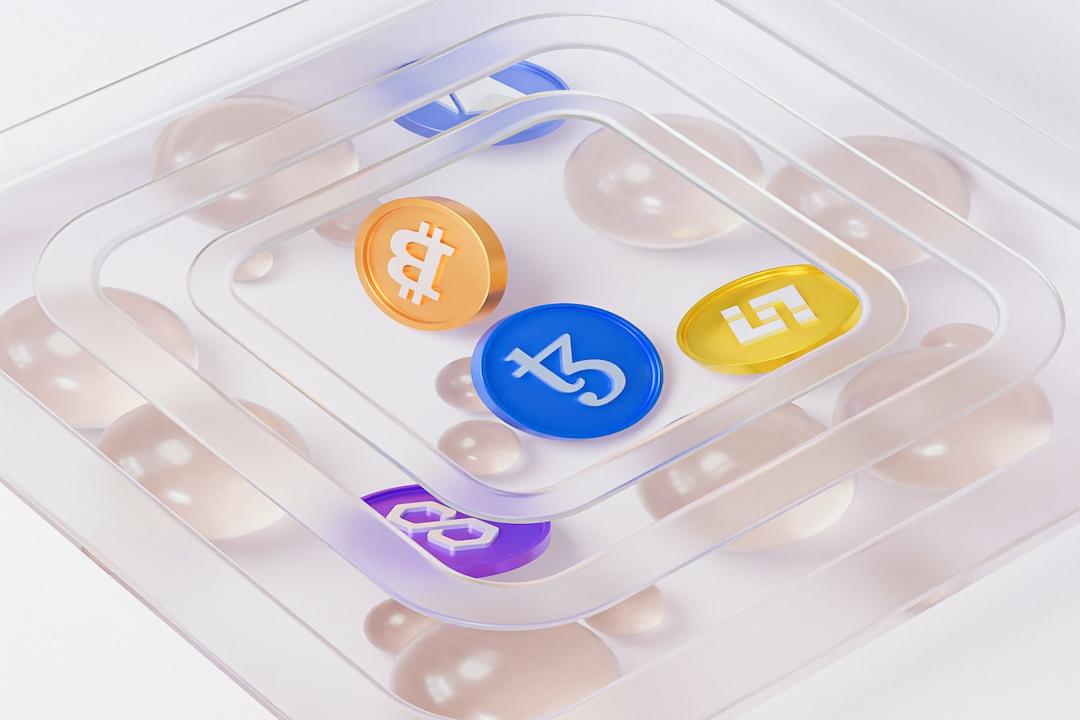Authored by: StableScarab
Translated by: Tyler
Why has the TVL of frxETH, the highest-yielding ETH LSD introduced by Frax Finance, suddenly decreased by 100,000 ETH in the past 3 months?
This article aims to help everyone understand the competitive ETH staking market and the deeper factors reflected behind Frax Finance.

What is frxETH?
frxETH is an Ethereum stablecoin launched by Frax Finance, generated by directly staking ETH. The dual-token design of frxETH (sfrxETH) also helps it become the highest-yielding ETH liquidity staking derivative product (LSD) currently:
In addition to traditional staking forms, other use cases of frxETH will increase the annual percentage yield (APY) of sfrxETH. Since its launch in November 2022, the yield of sfrxETH is not only 24% higher than stETH at the same period, but even 40% higher than rETH.

So why did the TVL of frxETH drop significantly despite the high yield?
It’s simple, points, points, and more points!
The staking frenzy swept through the LSD market – Eigenlayer offered reward points to users locking ETH, attracting a massive TVL, with even higher yields for liquidity re-staking.
Therefore, looking at the data charts, the date of Eigenlayer’s opening for deposits on February 5th coincided with the peak of frxETH TVL.

Arbitrage balance between frxETH and sfrxETH
Why do some frxETH users choose not to double stake and are willing to transfer their earnings to sfrxETH users?
Because Frax Finance provides another earning option for frxETH users – depositing frxETH into Curve’s frxETH/ETH liquidity pool to earn LP rewards.
From the user’s perspective, Frax Finance actually provides two earning paths for frxETH:
First stake ETH as frxETH, then deposit into the frxETH/ETH liquidity pool on Curve to earn Curve rewards, while relinquishing their frxETH staking rewards;
First stake ETH as frxETH, then double stake as sfrxETH, so that in addition to receiving their own staking rewards, they also receive the portion of frxETH staking rewards relinquished by the first group of users.
In theory, choosing between Curve’s frxETH/ETH liquidity pool (frxETH) and double staking (sfrxETH) will gradually form a dynamic arbitrage balance due to the difference in yields, keeping the yields of the two different options within the same range.
According to the latest data on the Frax Finance website, as of June 12th, the yields of the two are indeed quite close: Curve’s frxETH/ETH liquidity pool (frxETH) is at 2.72%, while double staking (sfrxETH) is at 3.42%, with their proportions also being relatively similar.

Behind the LSD points war
In the competitive landscape of LSD, points fall under the “incentive” category, used temporarily to attract investors to participate in projects, which is useful for starting projects but does not mean they are permanently effective.
It is well known that points will not last forever, and all point systems are unsustainable strategies – points will eventually be converted into other assets, leading to users attracted by high incentives moving to other projects.
However, re-staking itself is a very effective narrative technique that can provide users with additional earnings, and Frax Finance plans to directly offer native re-staking services in frxETH v2.

In this process, the ability to design a suitable incentive system determines whether the service can continue to be effective. This is the underlying reason why Frax Finance designed the Flox mechanism – Flox, as an incentive plan for the new L2 Fraxtal of Frax Finance, mainly distributes rewards alongside the tail token FXTL.
Since Flox checks users’ assets and on-chain activities, any user holding frxETH on Fraxtal can easily earn FXTL.
According to the latest official documentation, Fraxtal, as an L2 network, is also a modular Rollup blockchain with a roadmap for “fractal scaling”, with features including:
EVM equivalence. Fraxtal uses the OP stack as its smart contract platform and execution environment, allowing projects to deploy applications as quickly, securely, and cost-effectively as Optimism and Base;
Modular Rollup. Fraxtal will have multiple components and middleware for use, connection, deployment of L3 by other chains and networks, currently using a separate data availability (DA) module developed by the core team of Frax Finance;
Block space incentives (called Flox). This feature rewards users and developers – any account or smart contract that spends gas and interacts with any smart contract on the network will receive “Fraxtal Point System” (FXTL) rewards based on the Flox algorithm, which can be converted into tokens later;
frxETH as a gas payment token;
Additionally, as disclosed by the official sources, Fraxtal will be launched with major Ethereum infrastructure providers, including various DeFi-related services such as Fraxscan and Safe by Etherscan, Chainlink, Axelar Network, and LayerZero.
So why do I believe frxETH will recover? In addition to the native re-staking feature, frxETH v2 will introduce the following new features:
Decentralized validators;
Higher node capital efficiency;
Node operator performance incentives;
Most importantly, Fraxtal will use frxETH as gas fees, and burning frxETH can increase the annual percentage yield (APR) of sfrxETH.
Although the road may be long, whether frxETH can become a standout in the Ethereum liquidity staking race is worth deep observation.

